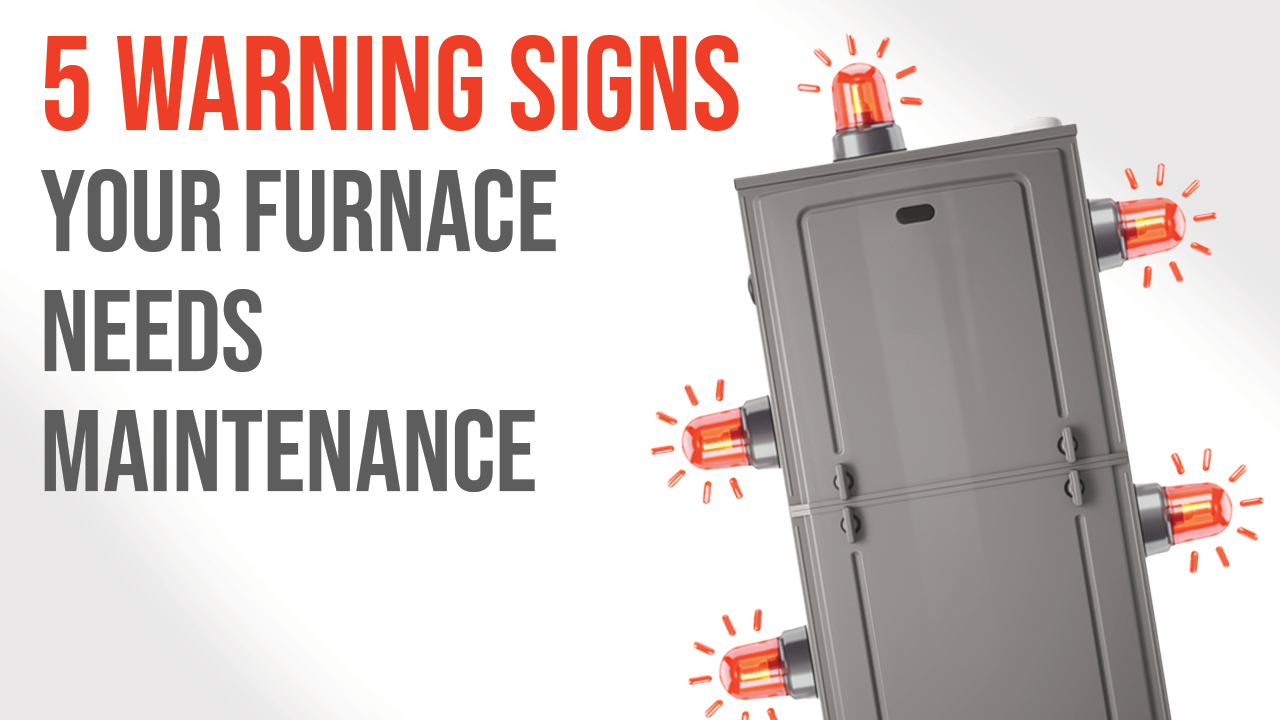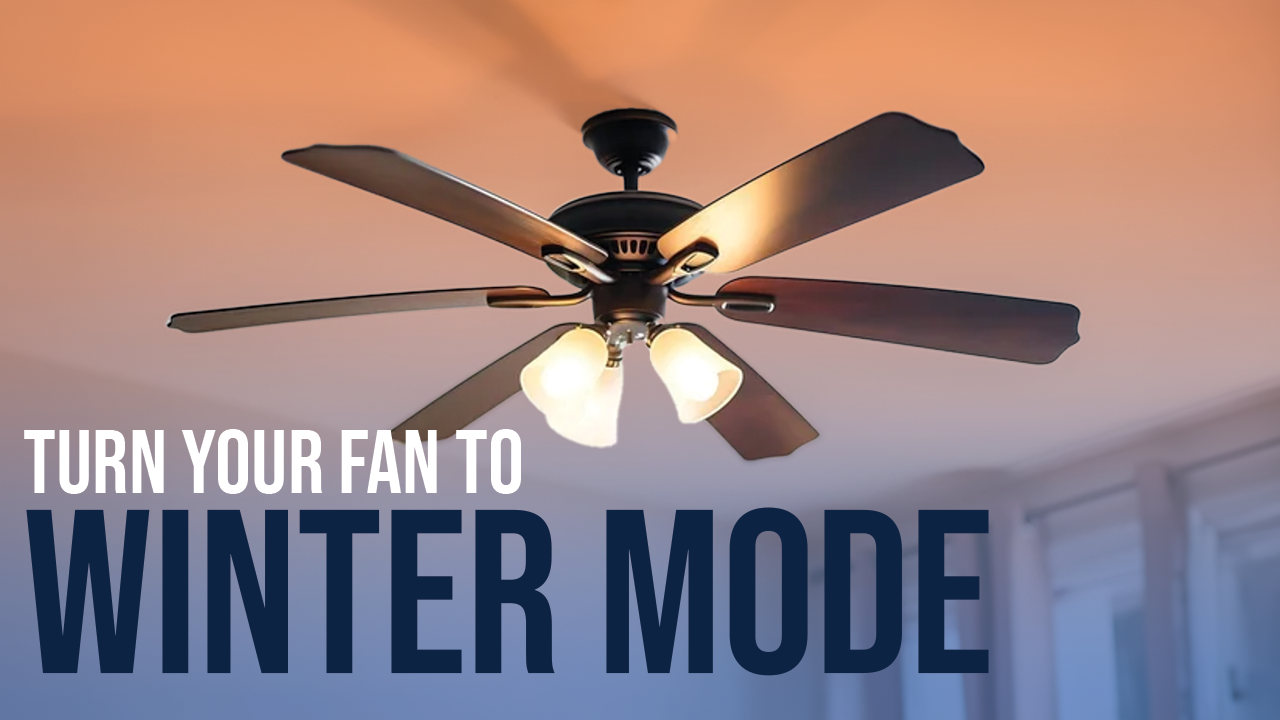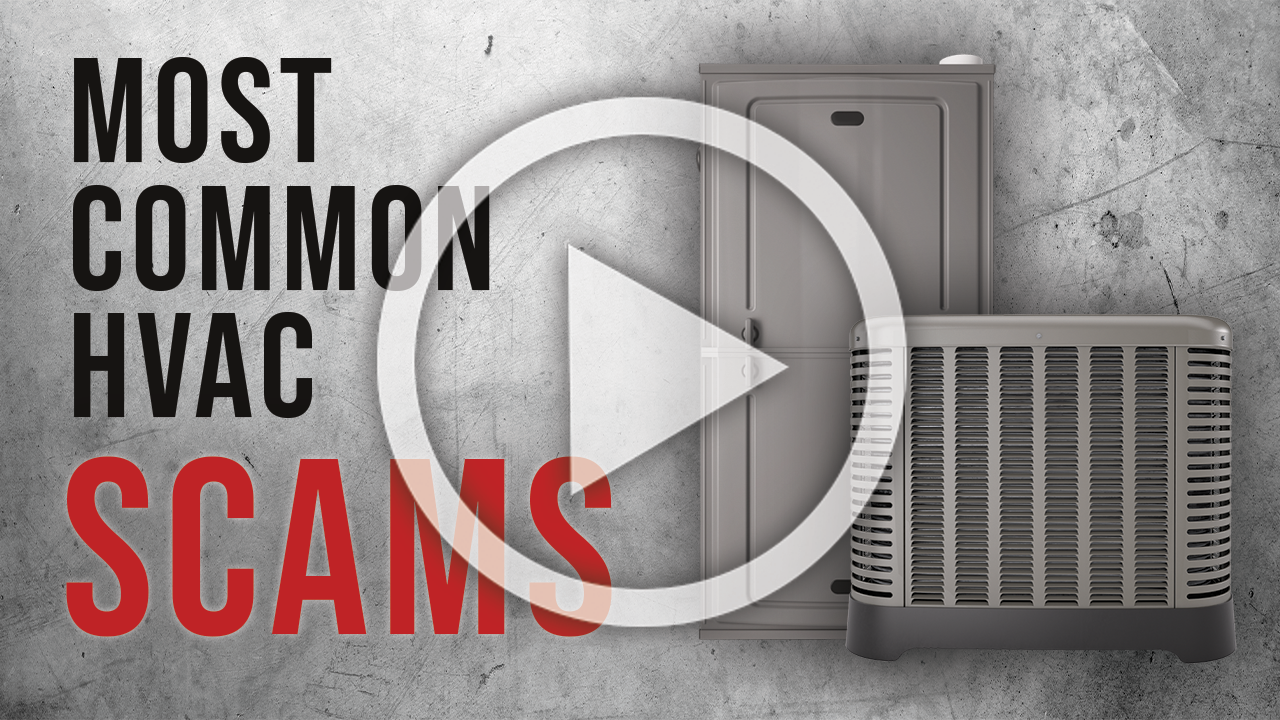Updated January 22, 2024
Finding the right HVAC system for your home usually means looking at the type of unit as well as its heating and cooling capacity. However, the unit’s SEER rating is also important and can tell you how efficient it will be once technicians install it in your home. Buying an HVAC system with a SEER rating of 16 or higher can also help you earn tax rebates. When you’re shopping for the best HVAC unit, you should know what the SEER rating is.
SEER Ratings Explanation
SEER stands for Seasonal Energy Efficiency Ratio. This ratio is calculated by dividing the cooling output for an average cooling season by the total amount of energy used. It represents the energy the unit consumes to run for a single year.
If a unit uses a small amount of energy to produce the cooling that your home needs, the SEER rating will be higher. This ratio indicates the system’s maximum efficiency. Today, HVAC systems have an SEER rating of at least 14.3. The majority of units have a SEER rating of 14.5-22.0.
Ideal SEER Rating
The ideal SEER rating for an HVAC system depends on where you live, the size of your home, your existing ductwork, and the quality of insulation. While your indoor environment will likely be comfortable with a SEER rating above 14, a higher SEER rating is preferable due to the energy savings.
This shouldn’t be a DIY job because of the numerous variables that must be considered when replacing an HVAC system. A trained technician can assist you in identifying which model is suitable for your home and how a high SEER rating can help improve your home’s overall energy efficiency.
Benefits of High SEER Ratings
HVAC systems with higher SEER ratings usually require a more substantial financial investment. However, there is a wide range of different systems to select from, including everything from split systems to duct-free systems. You should be able to find a unit that meets your needs and falls within your budget.
Better Energy Efficiency
Higher SEER ratings mean the unit can run more efficiently in most conditions. By using up less energy, your monthly utility bill should be lower. However, the amount of savings you earn each month varies depending on numerous variables and the difference between your old and current units.
Variable-speed or Two-Stage Compressor
HVAC systems can be outfitted with either variable-speed or two-stage compressors. Two-stage compressors are often known as dual-stage since they run at high and low speeds. By having two separate output stages, the compressor can use less energy when necessary. If the outdoor temperature is at a mild and comfortable 63 degrees Fahrenheit, the compressor will likely remain on the low setting so that the unit will use up less energy.
Variable-speed compressors run at multiple levels that extend past the usual low and high settings. With these variables, you can effectively customize your home’s energy output. These compressors usually remain on to ensure a consistent stream of cooler air is sent into your home to keep your temperature at the right level.
Units with a lower SEER rating often run at just one speed, which can cause the AC to turn off and on regularly, even when the weather is mild. In this scenario, your home could experience uneven cooling compared to units with higher SEER ratings.
Higher Indoor Comfort
During the summer months, outdoor temperatures can soar. When the air is humid, the conditions become even more uncomfortable. While less efficient systems can be strained during hot days, systems with a high SEER rating may be energy efficient enough to keep your home cool and your energy bill low despite the raised temperature.
Less Environmental Impact
HVAC systems with higher SEER ratings create a smaller carbon footprint, which helps protect the environment. In addition to using less energy, more modern systems use fewer hazardous refrigerants. Installing a high-SEER system in your home is one way to protect the environment.
Factoring SEER Ratings in to Purchase
HVAC systems built 10-15 years ago usually have a SEER rating of 8-10. This rating can be found in several areas of an HVAC system. For instance, it often appears as a black and yellow EnergyGuide sticker on the outside unit. It could also be shown on a small piece of paper in the indoor air handler.
All HVAC systems come with a model number. This number commonly indicates your unit’s SEER rating. For example, if the model number is something like YZ20i, it means that the unit has a SEER rating of 20. Find the serial number and model if you’re unsure what your current system’s SEER rating is. Once you have this information, call the manufacturer to obtain the rating. You can also search online for SEER ratings based on model numbers.
What to Expect
When you choose to replace your at least ten-year-old HVAC unit, you may save around 20-40% of your annual energy costs, which build up with each year you own the system. The latest energy standards put forward by the U.S. Department of Energy state that the minimum SEER rating must be 14.3, based on the new SEER2 rating system that went into effect at the beginning of 2023.
The different models available to you work at various efficiency levels, which is why they can be found at different price points. If your home has ample insulation and reliable ductwork, a system with a 13-14 SEER rating may be highly efficient because of the other components.
However, if you want the highest level of savings possible, consider a system with a SEER rating of 21-22. During the warm summer, you can also combine a relatively high SEER rating with energy-saving techniques.
Heat Pump SEER Ratings
Heat pumps also use SEER ratings to indicate how energy-efficient the system is. When a heat pump is affixed with an Energy Star, the same range of 14-22 is maintained. Any model with a rating of 17 or higher is considered highly efficient.
When you buy a new HVAC system for your home, you need experienced technicians who can install the unit without damaging any components. At Golden Rule, our team offers homeowners efficient replacement and installation services. We’ll give you a free estimate beforehand to ensure you know how much work needs to be done.
You can request our installation services for heat pumps, furnaces, air conditioners, and all other HVAC systems. Repair and maintenance services are also available. Some of the additional offerings we provide at Golden Rule include plumbing, electrical, and air quality services. Call our specialists today if you have questions about SEER ratings or want to schedule service.
Contact Us Today for HVAC Service!
If you found this post helpful, check out more information about SEER rating:


As the temperatures drop and winter approaches, ensuring your furnace is in top shape becomes a priority for homeowners. A well-functioning furnace keeps your home warm, your... Read More

As winter rolls in, many of us instinctively reach for the thermostat to stay warm. But did you know your ceiling fan can be an ally in... Read More

Watch Out! Don’t Fall for These HVAC Scams Hey there, homeowners! Are you worried about keeping your home comfy and cozy without getting duped by shady... Read More